|
ERA welcomes Laura Boldt as our new office coordinator! We are thrilled to have her on the team. Learn more about Laura below.
0 Comments
ERA Engineers Molly and Natalia attended the WAFSCM & MNAFP “Flooding Knows No Borders” Joint Conference this week in La Crosse, Wisconsin. They had the opportunity to speak with consultants and federal agencies from Minnesota and Wisconsin and attended presentations that covered information on floodplains and stormwater management. The conference had approximately 170 attendees and 10 exhibitors, which was a great networking opportunity for ERA!
ERA had a great social event at Topgolf in Naperville last week. It was so nice to enjoy some friendly competition and see everyone again!
This week we will wrap up the plant of the week feature with a Halloween special edition organism of the week!
This week’s organism of the week is Witch’s Butter! Witch’s Butter refers to a wide variety of jelly fungus in the family Auriculariales known to inhabit many parts of the world. Yellow Witch’s Butter (Tremella mesenterica) is appropriately named due to the color and perceived texture of the fungus as well as the now-dismissed notion that it was used by witches to hex people in the area it was first described, Sweden. It is commonly found on maples, alders, pine, and poplar in wet to mesic wooded areas and can also be found on dead (but still attached) branches and freshly fallen limbs. Fruiting bodies appear as gelatinous amorphous blobs with a glossy finish and a semi-solid consistency. They are noted by some groups as being edible but are generally known to have very little flavor and an unpleasant texture. There are also a few species of fungus that resemble T. mesenterica with minor physical differences such as a matte finish or differing size of folds or creases. Black Witch’s Butter (Exidia glandulosa) is much the same despite being placed into a different genus. It is also found on recently dead and decaying wood, but tends to associate primarily with oaks, hazel, or beech. E. glandulosa is known to primarily consume a layer of woody plants called the cambium. The cambium is the only living and growing part of woody plants. It is a very thin layer of cells located between the bark and center wood of the plant. As a result, woody plants colonized by this organism will lose bark and help to improve the decomposition process. To recap, both species are known to have a metropolitan distribution, meaning they are found widely throughout the globe. They are known to colonize recently dead branches and limbs and can be found throughout the year following a period of rain or high humidity. Should you ever come across the mysterious looking Witch’s Butter on your travels, thank it for its contribution in helping keep woody debris to a minimum in our forests, and watch your back for whoever might be seeking ingredients for spells! Last weekend, the Sycamore Park District was very excited to hold their ribbon cutting for the Great Western Trail Bridge over the Kishwaukee River in Sycamore, IL. ERA had the opportunity to provide engineering services for each phase of design and construction. The project involved multiple agencies working together to make it a reality. The new 0.75-mile trail was constructed on Park District and DeKalb County Forest Preserve property. Additionally, Sycamore Park District and the DeKalb County Forest Preserve District received an award for Intergovernmental Cooperation from the Illinois Association of Park Districts for their collaboration on this project. The District was recently notified of additional funding available for the next segment of the project which will extend the trail further into the City of Sycamore and connect to the Old Mill park. Make sure to visit the trail if you find yourself in DeKalb County and, in the meantime, enjoy the virtual ride here. This week we will be looking again at an organism of the week! Our spotlight today is on Lycogala epidendrum, commonly referred to as Wolf’s Milk or Toothpaste Slime!
This organism as we see it, is the fruiting body of a myxogastrid amoeba, a variety of slime mold! With the Latin roots Myxomycota translating to “slimy fungus”, it is easy to see how this species got its name, even if it is a bit misleading. Before the fruiting bodies appear, the organisms are too small to be seen with the naked eye, though some others of this group are large enough to be observed as small amorphous gelatinous bodies. The fruiting bodies of L. epidendrum often first present as pink globe structures on moist wood and particularly large logs (the photographed specimen was observed on a log in St Joseph Creek). The immature spores are soft and filled with a pink goo that has a texture similar to yogurt. As the fruiting body matures and dries out, it turns from pink to brown or grey and the goo dries into a powder where it can be dispersed by rain drops hitting the structure, causing the spores to burst out with enough force to spread out to new potential hosts. Slime molds are a fascinating class of organism that resemble a fungus but behave like an animal. Experiments by scientists have seen slime molds solve mazes in search of food, and have even been used to create living maps of the Tokyo subway system, as discussed in this National Geographic article. Come back next week for the spooky final plant of the week post as the growing season comes to a close. This week’s plant of the week will be a summer throwback as we descend into the chill of winter: the Eastern Prickly Pear, or Opuntia humifusa! This plant is one of two native cactuses found in Illinois, the other being Opuntia fragilis, a much less common species in our state.
The Eastern Prickly Pear is found in many counties of Illinois and is generally associated with rocky/gravelly/sandy areas where the soil is well-draining, and sunlight is plentiful. The plant has a unique growth pattern consisting of ‘pads’ that grow out of the previous year’s growth and can be erect or sprawling in habit depending on site conditions. The pads are not leaves but resemble a stem as on each pad there are points of growth called areoles, from where tiny vestigial leaves emerge, surrounded by short fibrous glochids (“vestigial” refers to a non-functional organ that remains despite not being evolutionarily useful, like a human appendix or wings on an ostrich). These glochids can be quite irritating to any passers-by who unknowingly brush past this plant and serve to deter any would-be herbivores. While the plant does its best to prevent herbivores from eating the juicy pads, some animals such as coyotes, skunks, squirrels, deer, and turtles, are all known to browse this plant while foraging. The large flowers also host a wide variety of pollinators as the flower is large and pollen and nectar are plentiful. The Eastern Prickly Pear is a vastly underused plant in native landscaping. It grows under some of the harshest conditions and can thrive in the most dry, hot, and gravelly areas where many other landscape plants would struggle to survive without the use of soil amendments or artificial irrigation. Looking past the potential gardening hazard of the glochids, this plant would make a great addition to landscaping with its incredible blooms of large yellow flowers, choice edible fruits, and interesting shapes of the mature pads that can turn shades of purple in bright direct sun. It is easiest to plant as a pad cutting, as roots will quickly take hold and germination of seed can be difficult. While we grasp to these last few days of sunlight and warmth, think about the Eastern Prickly Pear drying out, shriveling, and browning through the harsh winter, hiding under the snow. If this rugged and fascinating plant can push through to the next summer, so can we! The Stafford Place Planned Unit Development (PUD) is a recently completed 27-lot residential subdivision located in downtown Warrenville, IL developed by Airhart Construction. This fully constructed PUD represents a creative approach to the unified planning of development and incorporates a higher standard of integrated design and amenity than could be achieved under otherwise applicable zoning district and subdivision regulations. The single family detached home subdivision includes coordinated vehicular and pedestrian access and a centralized engineered stormwater management system. The subdivision open space design incorporates Stormwater Management Best Management Practices to reduce stormwater runoff volume and promote infiltration. The landscaping design is both aesthetically pleasing and functional from a stormwater drainage perspective. The Stafford Place residential community offers a "low maintenance" lifestyle, where the private drives and common space elements are maintained by the Home Owners Association. The project provides housing products that are either limited or not previously available in the City of Warrenville. The variety of housing types in this infill development include Cottage Row Homes, Garden Homes, as well as traditional single-family homes compatible with the surrounding neighborhood. ERA provided the entitlement, land surveying, civil engineering, and construction phase services for this project recently completed in 2021. This week we celebrate the colors of fall by shining a spotlight on the ubiquitous Solidago!
The genus Solidago, also known as goldenrods, is a very common and important plant found throughout the tallgrass prairies and savannas of Illinois. These generally stout, tall plants exhibit yellow blooms of varying size and shape and bloom through the fall and summer and are a staple source of food for pollinators seeking pollen or nectar or grazing animals who may feed on the foliage. Goldenrod can also provide habitat for insects over winter who may seek shelter in the hollow stems or stem galls (a benign growth on the exterior surface of a plant that can be used to house insect larvae). Goldenrod as a genus consists of some 120 species in the aster family spread across North America and are found in varying types of habitats from open wetlands to dry forests. Some goldenrods appear very similar (S. canadensis and S. altissima) while others have drastically varied features, making for a quick ID (S. flexicaulis and S. ulmifolia). Of significant note, is the common misconception that goldenrod, as the primary bloomer on the fall prairie, is somehow responsible for hay fever or other severe allergy issues. This could not be farther from the truth. Because goldenrod is insect pollinated and not wind pollinated, the pollen grains are too heavy to be wind-blown and are not a common cause of allergic reactions. Ragweed, on the other hand, contains up to a billion small, wind-blown pollen grains that can stay airborne for days at a time and are responsible for about half of all pollen-related allergy cases in the United States (primarily annual ragweed [A. artemisiifolia] and giant ragweed [A. trifida], the latter of which can reach heights of up to 12’ tall). So, if you see goldenrod blooming this fall, bust out your favorite wildflower guide and check around for some friendly pollinators working away to prepare for the winter. ERA welcomes Michelle Lee, PE to our Municipal Services Department! Learn more about Michelle below.
|
ERA ConsultantsEngineering Resource Associates, Inc. (ERA) is a consulting firm providing civil engineering, structural engineering, environmental science, and surveying. Archives
January 2023
Categories
All
|


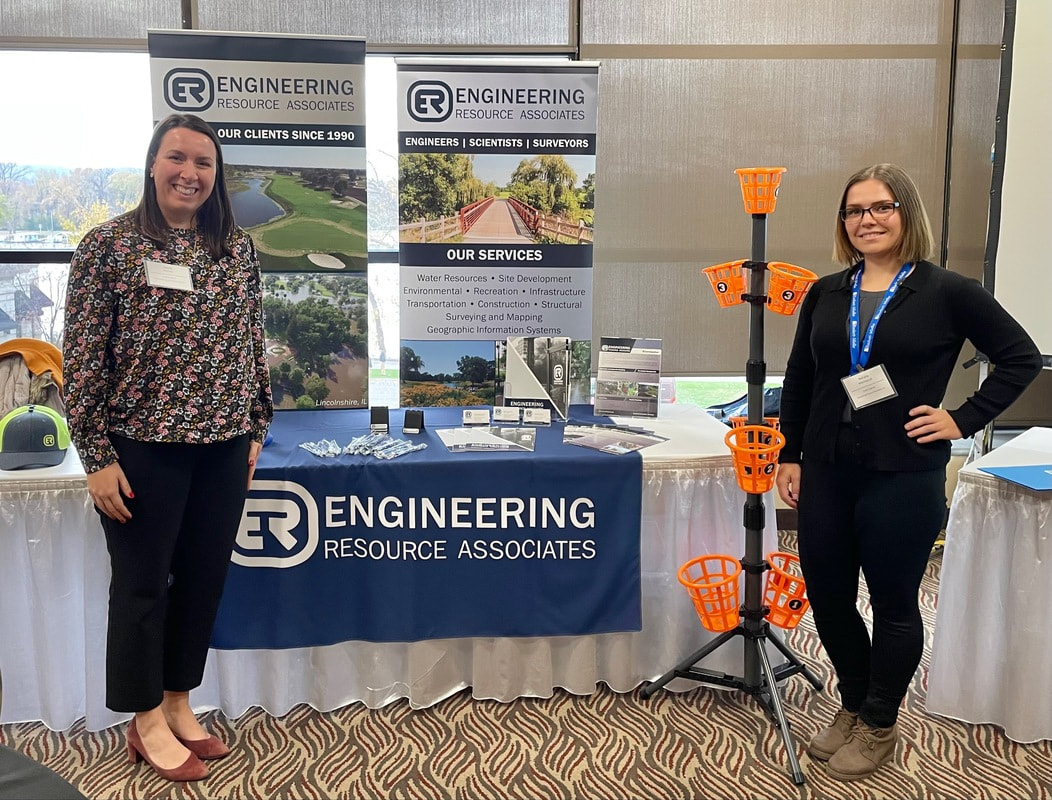



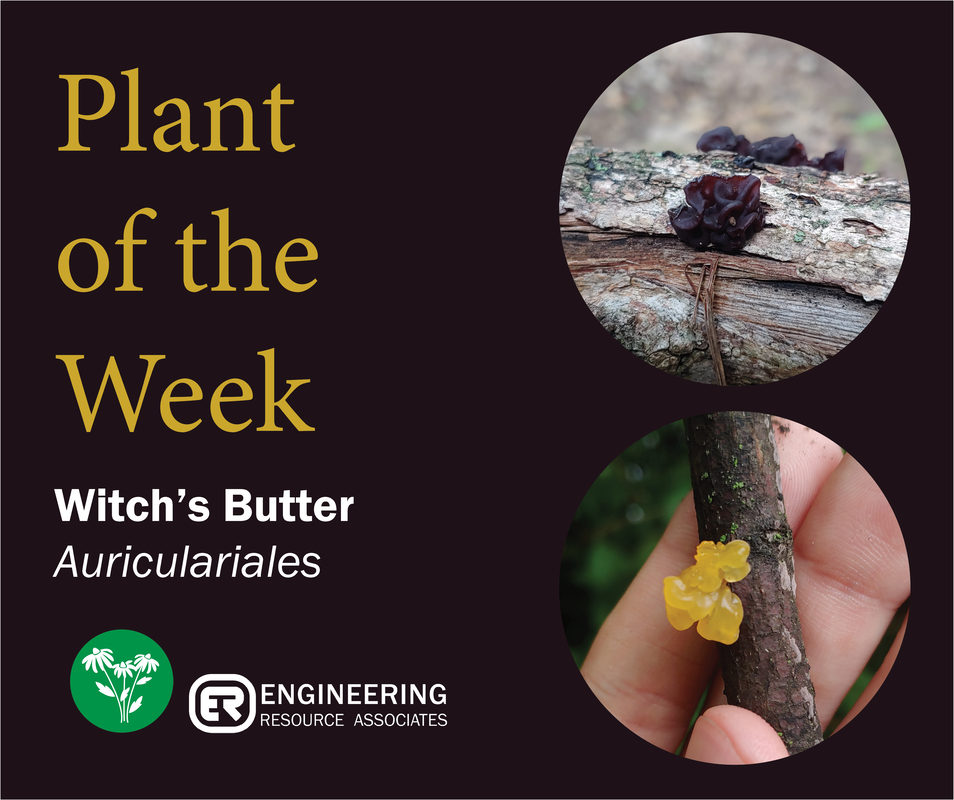
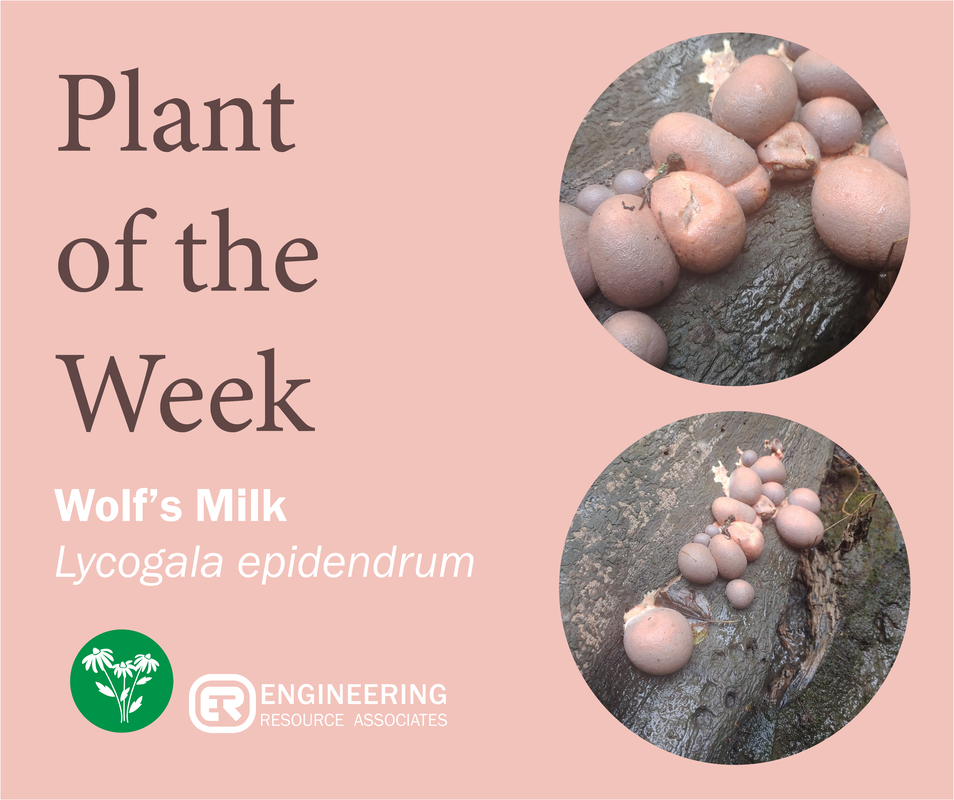
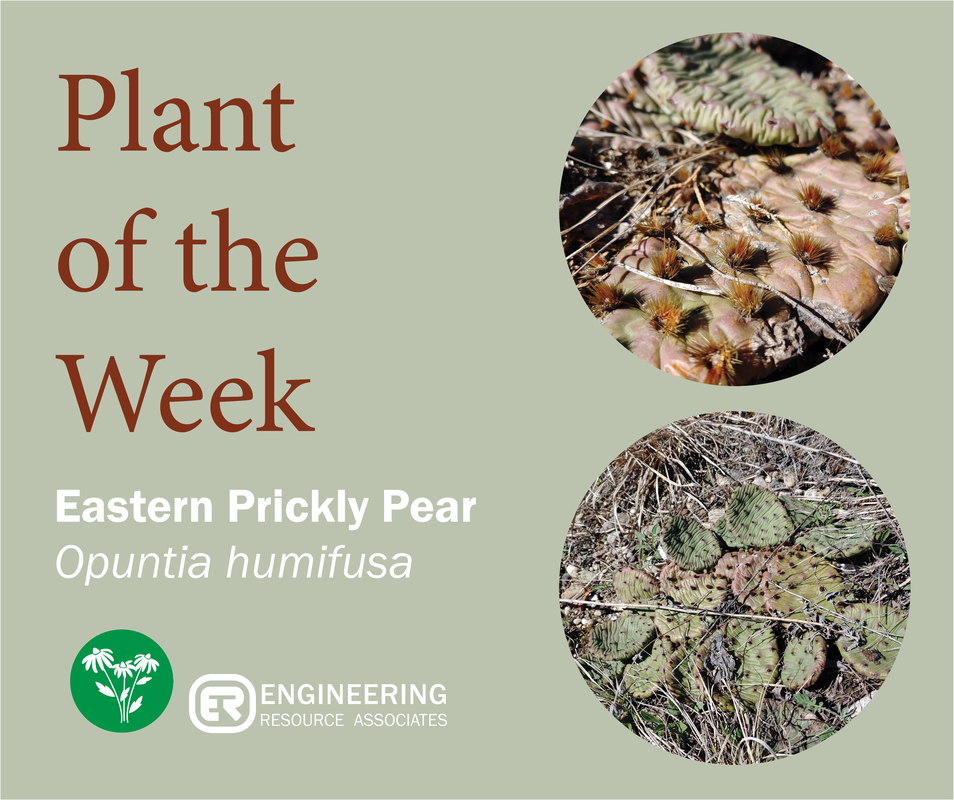
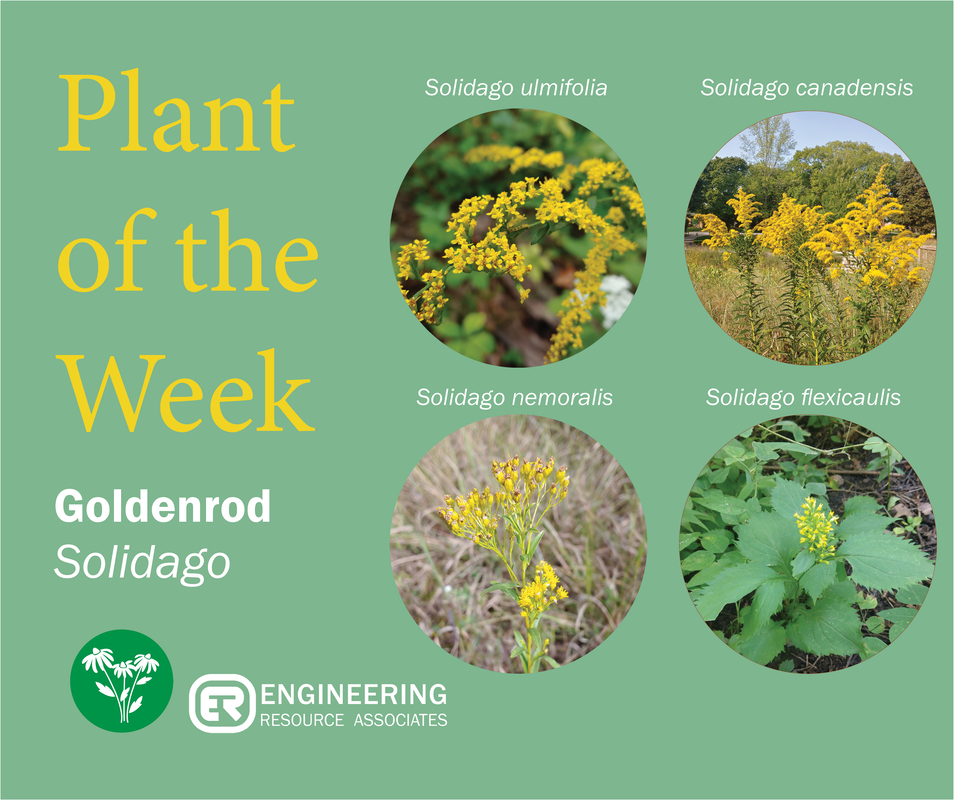

 RSS Feed
RSS Feed